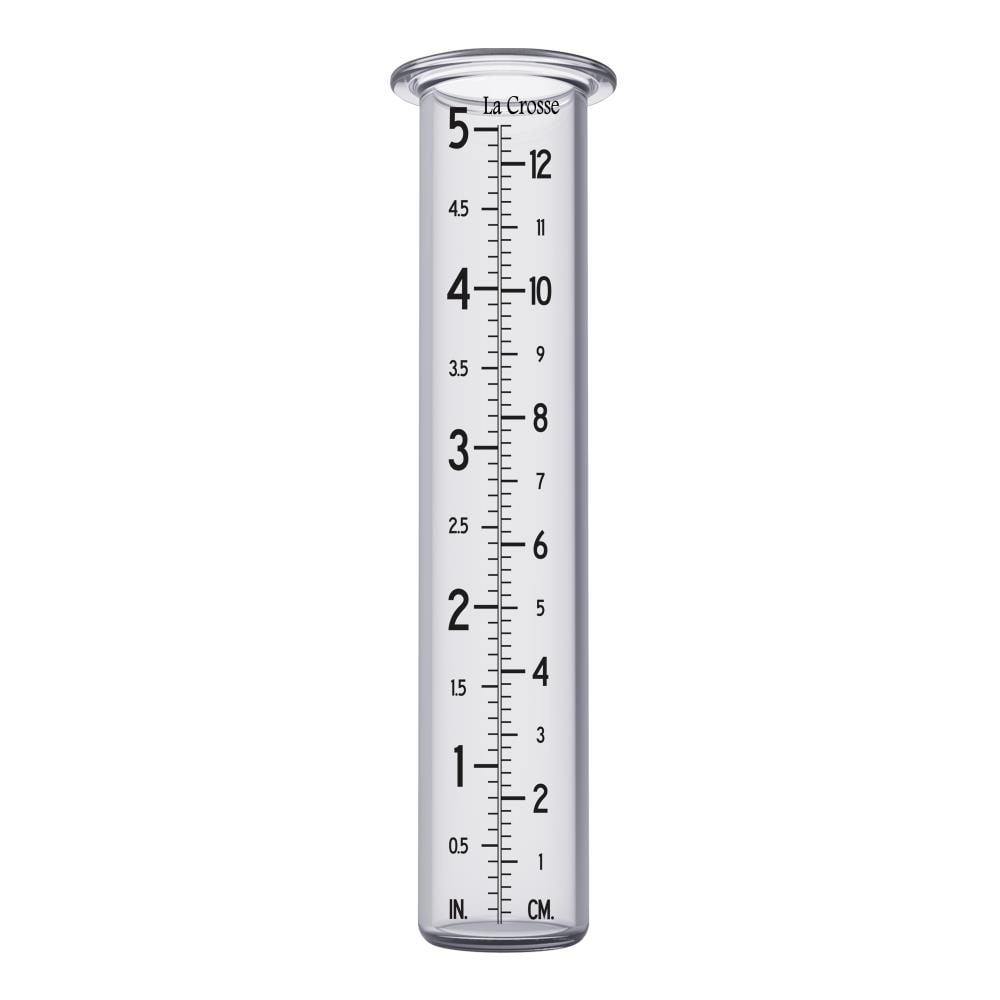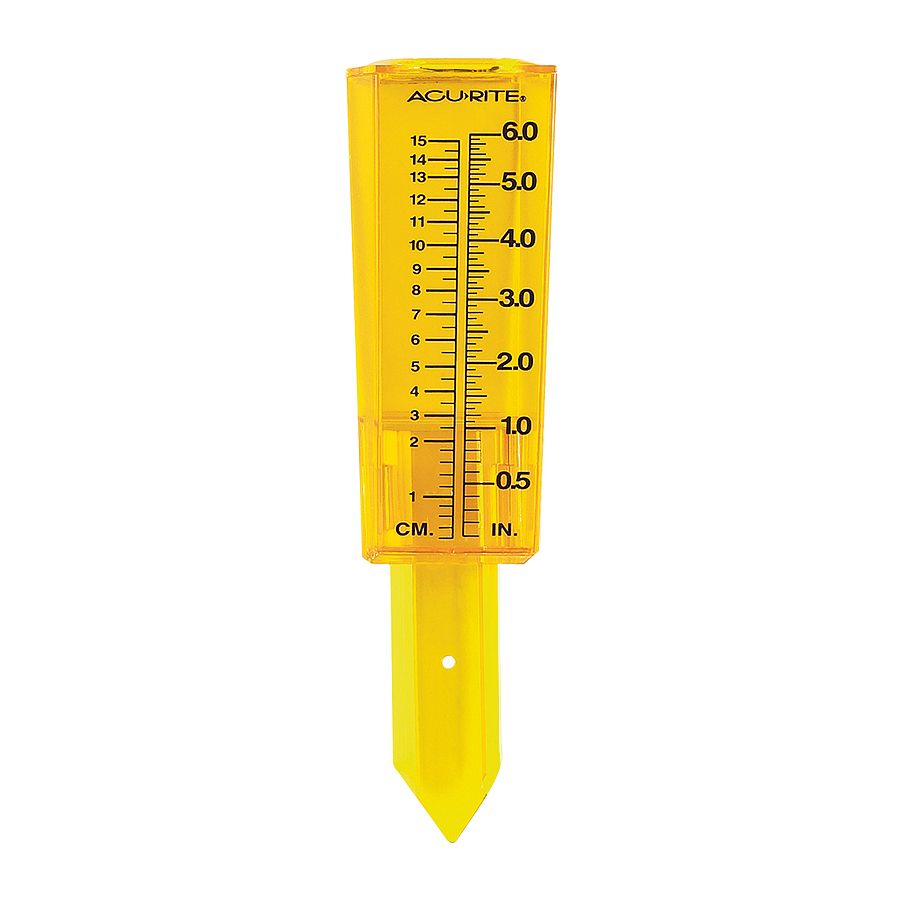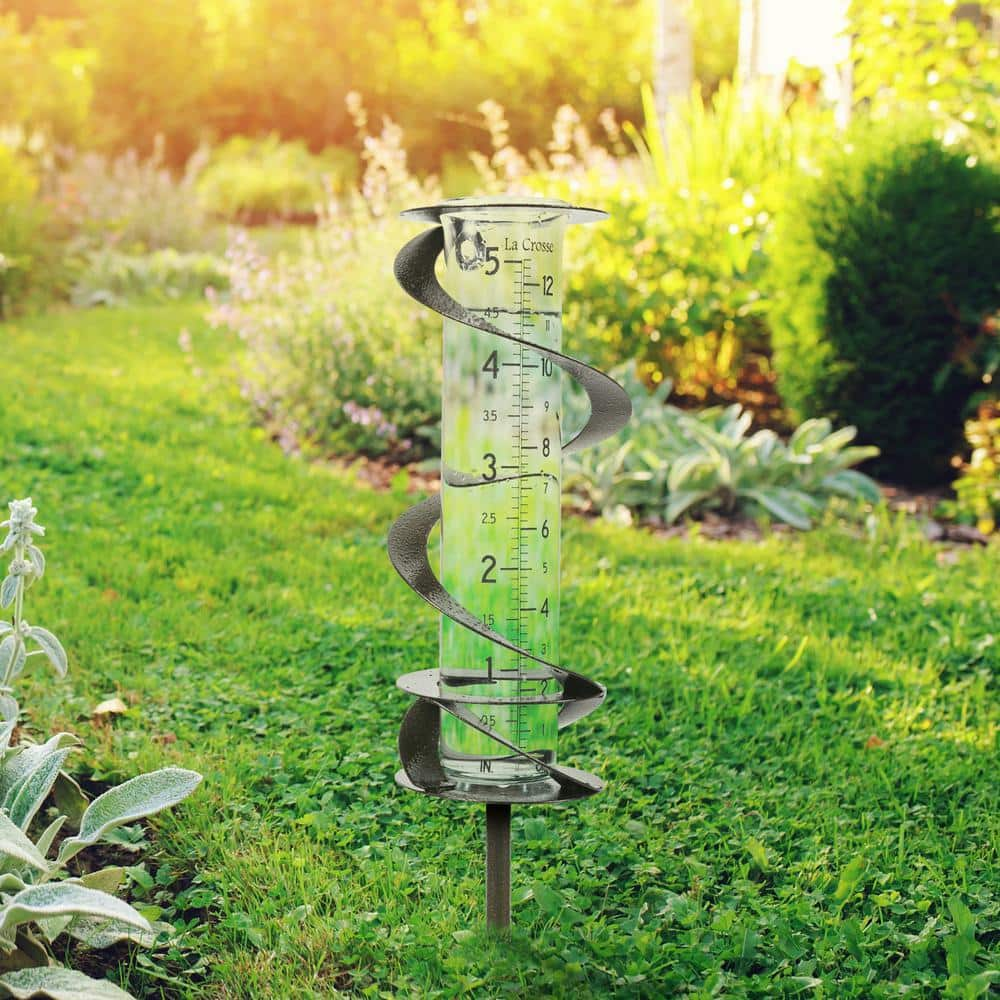The Rain Gauge: Empowering Communities with Accurate Rainfall Data
Wiki Article
How to Choose the Right Rain Scale for Accurate Rain Data
To acquire dependable measurements, it is vital to choose the best rain gauge. Considering factors such as place, type, and accuracy of the rainfall gauge will aid guarantee precise data collection. In addition, recognizing the maintenance and calibration procedures will certainly add to the longevity and reliability of your rainfall scale.Relevance of Choosing the Right Rainfall Gauge
The significance of choosing the appropriate rain scale lies in acquiring reputable and precise rainfall information for accurate atmospheric analysis. Rain information is vital for a broad array of applications, including climate forecasting, hydrological modeling, and climate study. Inaccurate or undependable information can result in wrong conclusions and flawed decision-making processes.
Second of all, the accuracy and accuracy of the rain scale are paramount. The gauge should be able to measure rains with high accuracy, capturing even tiny amounts of rainfall precisely.
In addition, the place and installment of the rainfall gauge are vital considerations. It should be put in an open location, far from blockages that might impact rains dimensions. The gauge ought to be positioned at a suitable elevation and angle to prevent splashing and make sure appropriate catchment of rain.
Factors to Take Into Consideration When Picking a Rainfall Gauge
When picking a rainfall scale, there are several key variables to consider. There are different kinds readily available, consisting of standard rain assesses, tipping bucket rainfall determines, and evaluating rainfall gauges.One more variable to think about is the product of the rain gauge. Rain gauges can be made from different materials, such as glass, metal, or plastic. The material chosen must be resistant and resilient to climate condition, making sure that the rain scale will stand up to the components and give accurate measurements with time.
Accuracy is also a critical variable to think about. Search for rainfall gauges that have actually been calibrated and examined for precision. Attributes such as anti-splash rings and funnels can additionally boost the precision of the dimensions.

Last but not least, take into consideration the environment and atmosphere in which the rainfall gauge will be used. Different rain determines are suitable for various environments, so it is important to pick one that is suitable for the conditions in your location.
Different Sorts Of Rain Assesses Readily Available
To better check out the aspects to consider when selecting a rainfall scale, it is very important to comprehend the various sorts of rain gauges offered. There are several kinds of rainfall evaluates, each with its own advantages and disadvantages. The most usual kind is the conventional rain gauge, additionally referred to as the cylindrical rainfall gauge. This type contains a straight-sided round container with a funnel-shaped top. It is straightforward to use and offers exact measurements of rainfall.One more sort of rain gauge is the tipping pail rainfall gauge. This gauge makes use of a seesaw-like device to gather and determine rainfall. As the rain drops right into the gauge, it loads up one side of the pail, creating it to clear the water and tip. The number of tips is counted online to establish the quantity of rainfall. Tipping bucket rain assesses are popular for their precision and capacity to measure rains strength.
A third kind of rainfall gauge is the considering rain scale. As the rainfall drops into the scale, it is accumulated in a container linked to an equilibrium.
Lastly, there are additionally remote rain gauges that usage advanced modern technology to measure rains (The Rain Gauge). These determines use sensing units and transmitters to send information wirelessly to a main unit. Remote rainfall assesses are practical for checking rains in hard-to-reach areas or for large-scale data collection
Just How to Establish the Accuracy of a Rainfall Gauge
One way to examine the precision of a rainfall gauge is by conducting normal calibration browse around these guys measurements. Calibration includes comparing the analyses of a rainfall scale to a conventional dimension, such as a licensed rain gauge or a weather condition terminal with high precision. By contrasting the dimensions, any inconsistencies or inaccuracies in the rainfall gauge can be determined and made up.To carry out a calibration measurement, beginning by accumulating rainfall data from both the rainfall gauge and the common dimension device over a specific period, such as a month. Then, compare the readings and calculate the distinction between them. This distinction is recognized as the calibration mistake.
It is necessary to note that calibration measurements need to be performed frequently, as environmental factors, such as wind, temperature level, and debris, can affect the accuracy of the rain scale over time. By performing routine calibrations, any changes in the precision of the rainfall gauge can be spotted and changes can be made as necessary.
In addition to calibration, it is additionally suggested to tidy and keep the rainfall scale consistently to ensure its precision. Eliminate any kind of debris or obstructions that might affect the precision of the measurements, and look for any indications of damage or put on that may need fixings or replacement.
Tips for Keeping and Calibrating Your Rainfall Scale
Routine maintenance and calibration are vital for making sure the precision and dependability of your rainfall gauge in gauging rainfall data (The Rain Gauge). By adhering to a few basic suggestions, you can ensure that your rain scale is properly preserved and adjustedTo start with, it is very important to clean your rain scale on a regular basis to stop any debris or dust from blocking the rain collection mechanism. Use a soft brush and a moderate cleaning agent to delicately clean the within and beyond the gauge. Wash it thoroughly with tidy water and allow it to dry entirely prior to re-installing it.
Secondly, it is recommended to calibrate Look At This your rain scale a minimum of yearly. Calibration includes comparing the measurements of your rain gauge with those click to find out more of a trusted and precise referral scale. This will certainly aid you recognize and correct any possible mistakes in your rain scale's dimensions.
To adjust your rainfall scale, accumulate a known volume of water utilizing a determining container and compare it with the measurements taped by your rain scale. Readjust the analyses as necessary to make certain precision.

Verdict
In final thought, picking the right rain gauge is crucial for getting precise rainfall information. Variables such as location, purpose, and budget plan need to be thought about when selecting a rain scale.There are various kinds readily available, consisting of basic rain evaluates, tipping bucket rain gauges, and weighing rain gauges.To even more explore the elements to consider when choosing a rain gauge, it is essential to understand the different kinds of rainfall assesses offered. The most usual type is the standard rainfall scale, likewise known as the cylindrical rainfall scale.An additional type of rainfall scale is the tipping bucket rain scale. Calibration includes contrasting the analyses of a rain gauge to a conventional measurement, such as a licensed rain scale or a weather terminal with high accuracy.
Report this wiki page